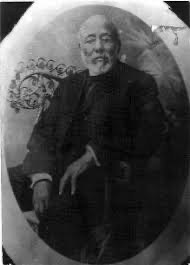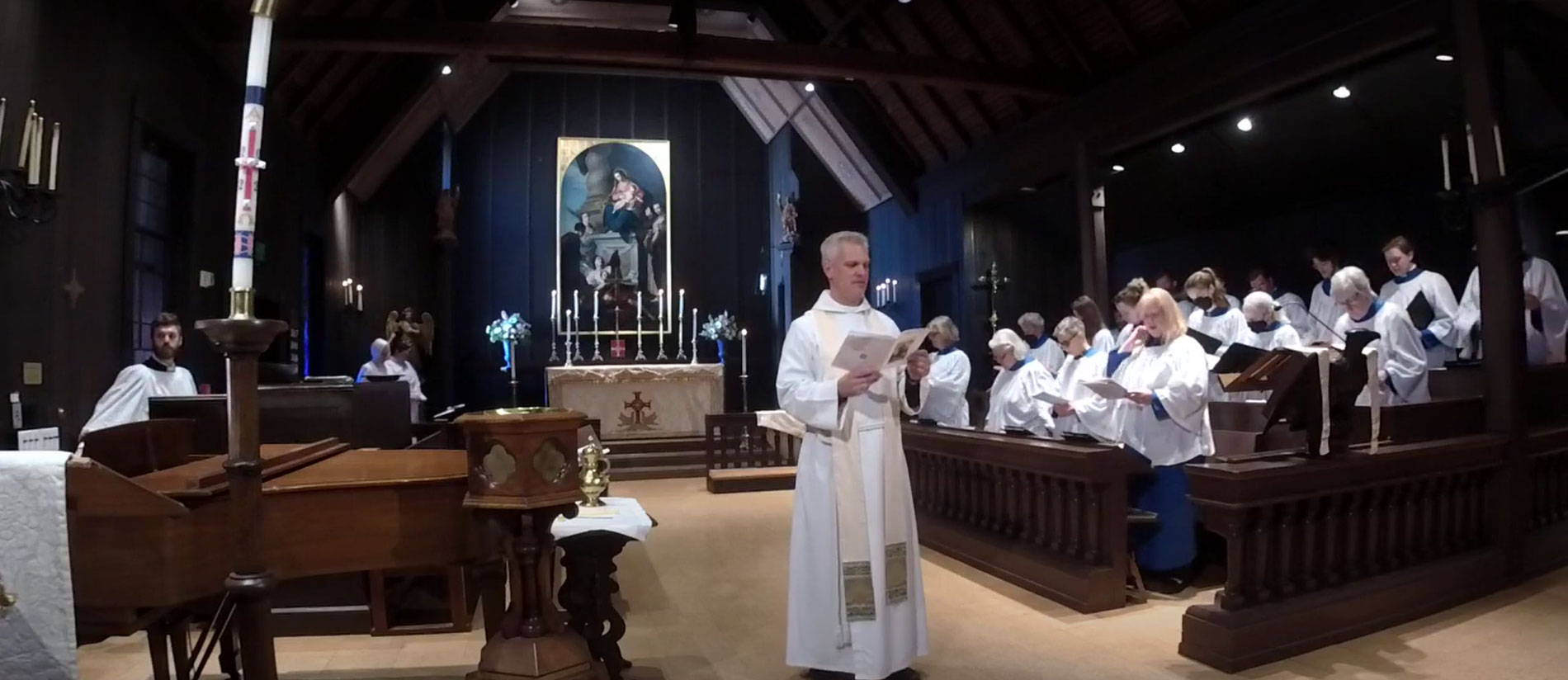Weekly Reflection - 4/24/24

St. Mary's Reflection:The Rev. Eric Metoyer
The Story of Peter and Annie Cassey, Saints of California
Eons ago, Br Scott Michael Pomerenk and I co-chaired the Racial Reconciliation Task Force for the Diocese of California, called by Diocesan Convention to study the impact and benefits of slavery in the Episcopal Diocese of California. In that work of investigating antebellum California (aided by SMV’s own David Crossan), we learned that the first clergy of color ordained west of the Mississippi came from San Francisco, Rev Deacon Peter Williams Cassey in 1866. He and his wife, Anna Besant Cassey were abolitionists, civil rights workers, educators, founders of two churches and a school. Their story is worth remembering of these early days of the Diocese of California.
Cassey was raised in a household of faith and action. His parents, Joseph and Amy Cassey of Philadelphia, were friends of the abolitionists Rev Absalom Jones, Frederic Douglass and Horace Greeley. His grandfather, Rev Peter Cassey, was the first black priest of the Diocese of New York and founding vicar of St Philip’s Harlem, that great parish on the northern end of Manhattan.
Cassey emigrated west to San Francisco in the 1850’s. He became a successful barber on Portsmouth Square, and married Anna Besant, starting a family. The couple were involved in the abolition movement and civil rights, as well the education of children of color, who were denied admission to public schools.
In 1866, Bishop William Kip ordained Peter Cassey as the Reverend Deacon, for ‘work amongst the colored people’, to which the Bishop directed Rev Cassey. The Cassey family founded St Philip’s Mission and School in San Jose. Bishop Kip then called upon Cassey to start another mission, Christ Church in San Francisco, for persons of color. For the Cassey’s this meant time apart: Anna Cassey spent her time in San Jose as administrator and instructor the Phoenixonian Institute, a private school for all students, and St Philip’s Mission, and Rev Peter Cassey travelled between the two cities, tending to both congregations. During this time, Cassey remained active in the work of the CCC, being one of the first African Americans registered to vote in San Jose.
The Phoenixonian Institute closed in the mid 1870’s when San Jose created a public school for children of color. Anna Cassey died in 1875. Rev Peter Cassey left California in 1881 to serve as deacon in charge of several southern black parishes, finishing at St Cyprian’s in St Augustine, FL until his death in 1917. At his funeral, Bishop Edwin G Weed said:
“He was a remarkable teacher..He was broad-minded, an omnivorous reader, a clear thinker. His devotion to the Church and his untiring pastoral work brought many into the Church…A devoted servant of the Lord, a broad-minded Christian, a true and faithful pastor, the poor and sick will miss him, but the example of his life will live to lead many to the Cross.”
Why remember the saints who went before us? I look to the Cassey’s and learn a story of faith, civic involvement, and their strong partnership in Christian witness and work. They did not begin their lives intending to be saints of the church - I believe Peter Cassey came West like so many other Easterners, come to Yerba Buena hoping to mine gold from the miners in San Francisco. Yet their faith inspired them to look with clear eyes into the mirror about their faith, their community and their public witness as Christians. I think this is an example for us, today: how do we practice our faith in our lives, public and private: ‘walking and talking with our mind… staying on Jesus.’ To God our creator, be all Praise and Glory, Amen.
Fr Eric
